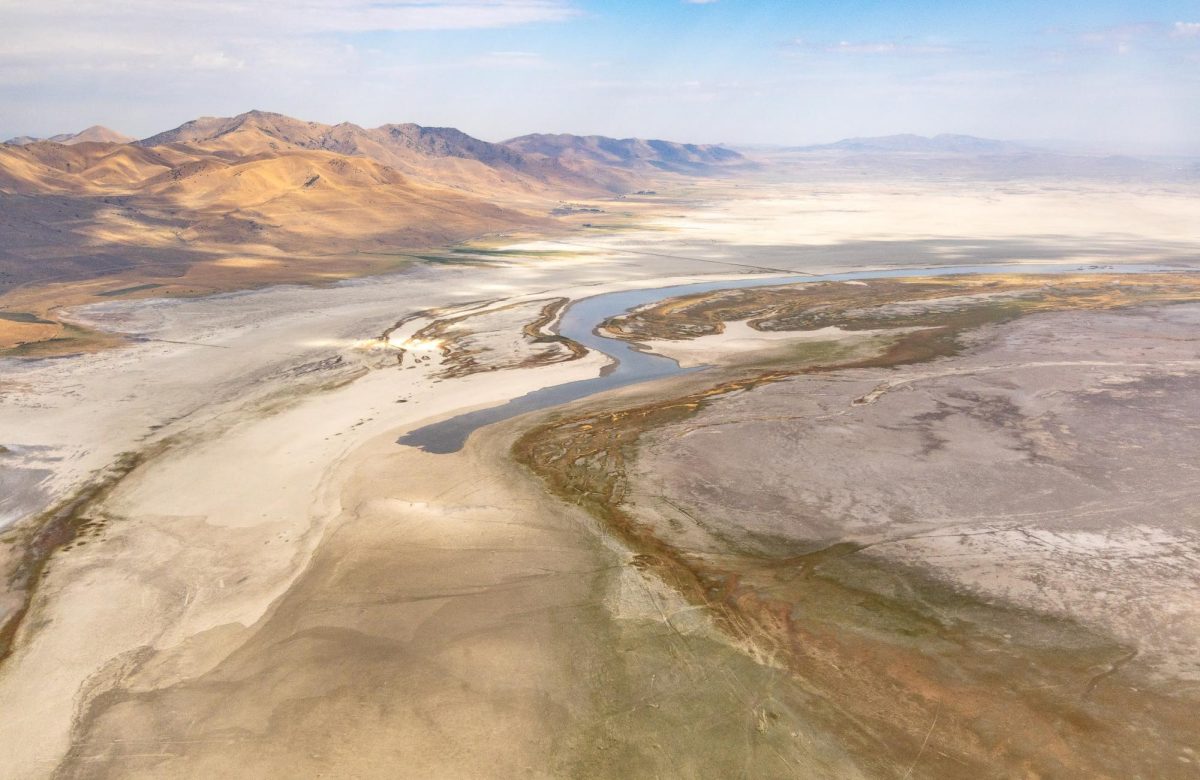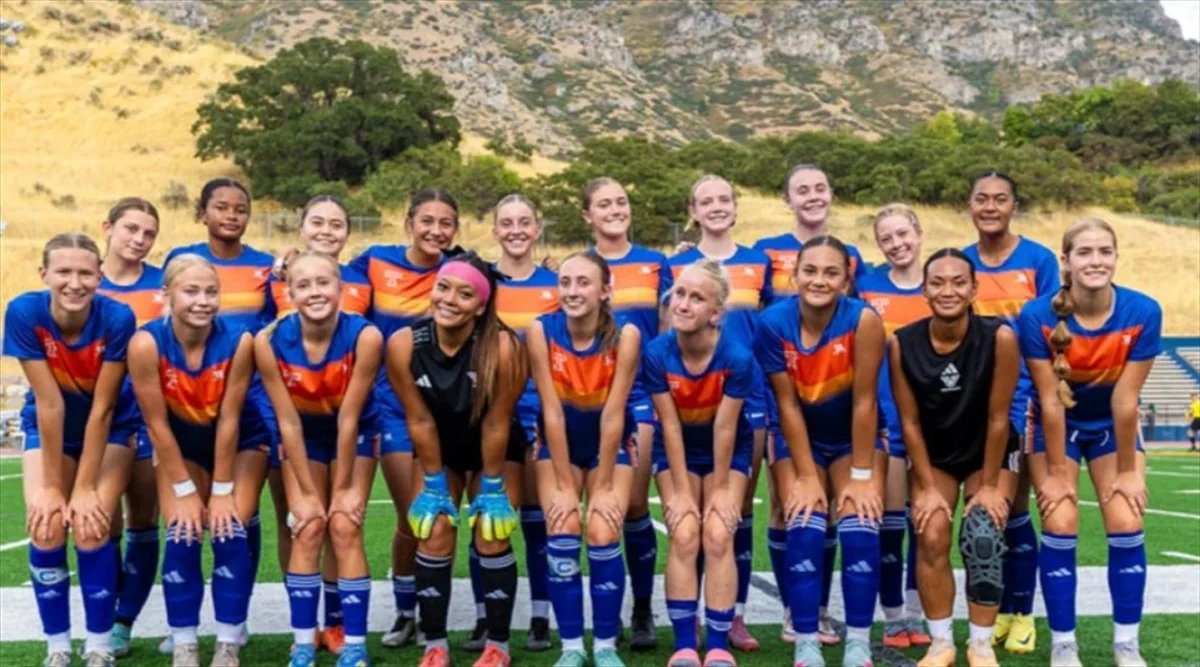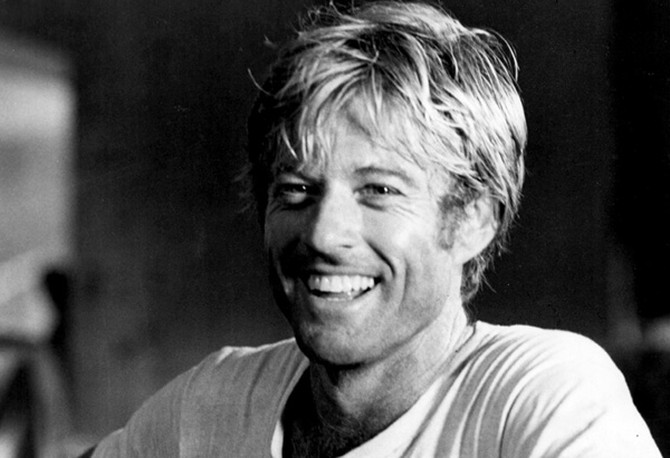The Problem
The once huge Great Salt Lake is rapidly shrinking, mostly because the amount of the water that should flow into it from rivers is being diverted for agriculture and human use. This water loss has exposed huge areas of the lakebed, causing the remaining water to become too salty and threatening the super complex ecosystem, including the brine shrimp and millions of migratory birds. Additionally, the exposed lakebed is blowing dust containing naturally occurring toxic heavy metals like arsenic over nearby communities, creating a serious public health risk.
Even though all of this can seem discouraging and we might think that the great salt lake is doomed, this new plan gives GSL some hope.
The Plan
The plan is called the GSL 2034 Charter, an eight-year plan signed by Governor Spencer Cox, Speaker Mike Schultz, and other leaders. They made a clear commitment to get the money to bring the lake back to a healthy water level (4,198 ft) by the 2034 Winter Olympics.
This huge commitment is backed with serious cash. Two major private groups committed to raise $200 million.
- A new group called Great Salt Lake Rising, led by Josh Romney, pledged $100 million to secure crucial water rights, which is key to increasing the water flowing into the lake.
- Ducks Unlimited committed another $100 million to restore and protect the wetlands and habitats that surround the lake.
It is estimated to fully cost an estimated $2-5 billion over the next decade to fully save the lake. That doesn’t mean that this $200 million isn’t going to be super impactful, it’s a great push for the lakes health and hopefully will make even more people realize how urgent this issue is.
Next Steps
Even with the huge donations, experts say the lake is still in danger and could hit a new low next year. The challenge is now shifting from finding money to changing water policy.
The millions committed won’t automatically equal water in the lake. To fix the problem long-term, Utah needs systemic policy changes that improve water sharing, encourage conservation among all users (farmers, cities, and industry), and truly reform the state’s water laws. The coming legislative session is a critical moment to pass the bold policy reforms needed to pull off this “world-first saline lake rescue.”












AH • Oct 3, 2025 at 10:03 AM
Such a hopeful step! Thank you for your report!